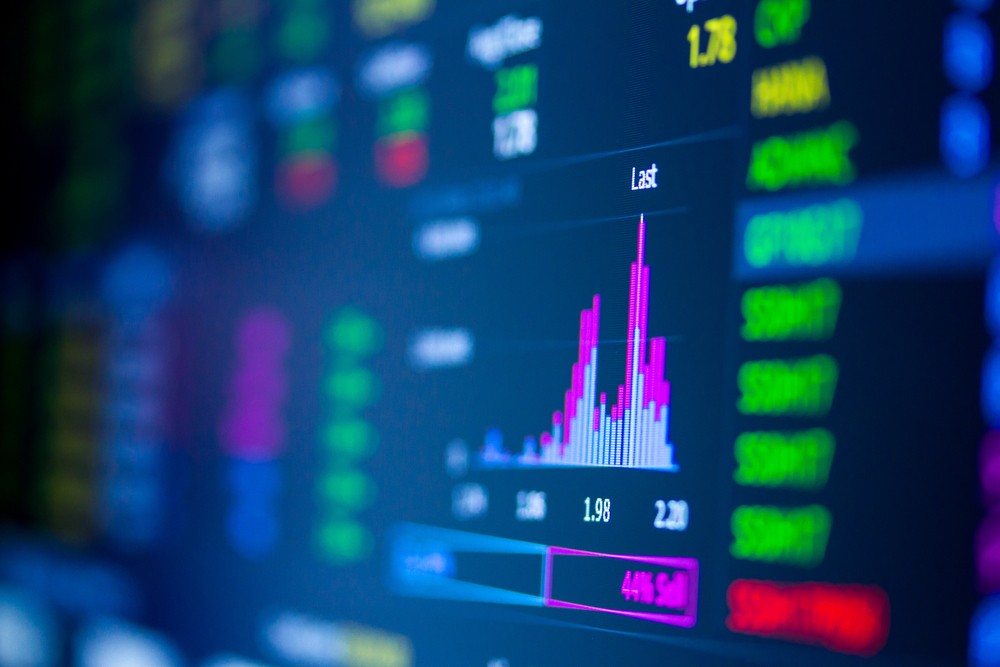Some of the critical areas of blockchain development include manufacturing, services, government data sharing, energy, law enforcement, criminal litigation, taxation, inspection, and cross-border finance. The Chinese Cyberspace Administration announced the launch of an internal effort to accelerate the development and innovation of blockchain in 164 units in 15 zones. The initiative aims to introduce blockchain technology to Chinese government organizations and businesses on a large scale.
The CAC instructed regulators to facilitate the intensive and balanced deployment of blockchain technology infrastructure in the region. Also, create the ability to support cross-chain data exchange of large-scale production levels and promote the formation of a multifaceted collaborative blockchain industry ecology. The announcement also included a list of cities, companies, and facilities directly involved in blockchain pilots.
Critical areas of blockchain development include law enforcement, energy, manufacturing, government data sharing and services, criminal litigation, taxation, copyright, civil cases, inspections, human society, health, education, risk management, trade finance, cross finance, and capital markets.
China and Blockchain Technology
The need for regulatory departments is also emphasized; To coordinate the advancement and promotion of pilot projects. Also, fully fulfill the role of blockchain in promoting data sharing, reducing operating costs, improving collaboration efficiency, optimizing business processes, and establishing a trusted system. It is worth noting that despite the tough stance against the adoption of cryptocurrency; The Chinese government continues to take an interest in related ecosystems, including NFT and blockchain.
The blockchain-based service network, BSN, reportedly worked on the infrastructure; To help businesses and individuals build NFT-oriented platforms and applications. The project aims to deploy platforms to trade non-crypto NFTs through Fiat currency.
Conclusion
China plans to draw a clear line between cryptocurrencies and NFTs as long as the crypto raid in the country hurts the local NFT industry. The BSN project aims to facilitate the deployment of non-crypto NFTs by offering application programming interfaces to develop user portals and applications; The only payment method here would be fiat money.
NFTs have no legal problems in China as long as they are not used with Bitcoin or other cryptocurrencies. Future infrastructure will use an open, permitted blockchain. To activate the chain governing body. It is impossible to operate public networks legally in China. Reliable, low-cost infrastructure is required to host all NFTs. Without NFT infrastructure across the country, NFTs can only be deployed on “unreliable” private networks.
Red Date plans to create an appropriate NFT platform entirely separate from the regular crypto profile. The company works with all DDC project partners; To make the network as transparent as possible by Chinese regulations and laws.









COMMENTS